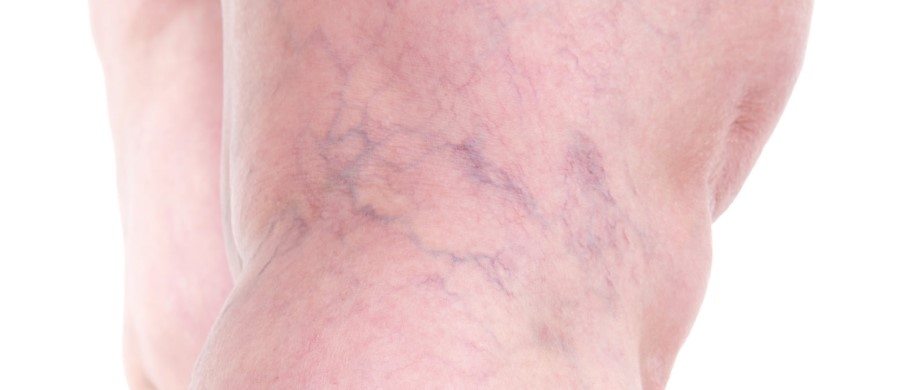Reticular Veins
What are Reticular Veins

Reticular veins are very common, affecting about 80% of adults and can be caused by hormone imbalances, weak veins, and as a result of genetic factors. Age, weight, UV damage to the skin, and occupations which require a lot of time spent sitting or standing can be contributing factors.
Reticular veins are most often found on the thigh, calf, ankles and a behind the knee. They are located in the area of the skin right above the hypodermis and just below the thickest connective tissue of the skin. The appearance of these veins can be more prominent in those with fair skin.
Symptoms of Reticular Veins
The most common treatment for reticular veins is ultrasound-guided sclerotherapy.
If left untreated, reticular veins often lead to the development of spider veins. Treating these veins does help to eliminate the onset of spider veins.

